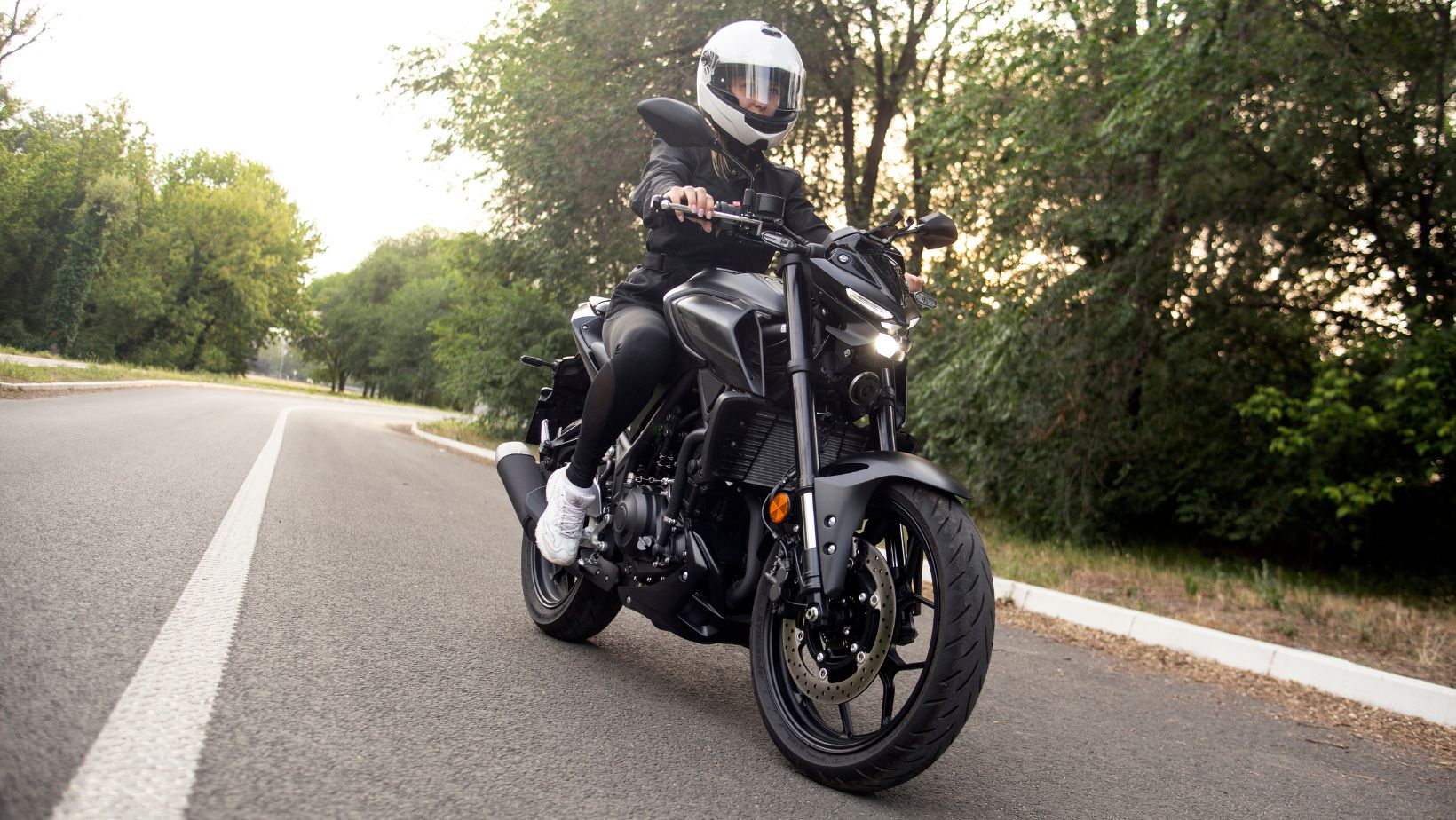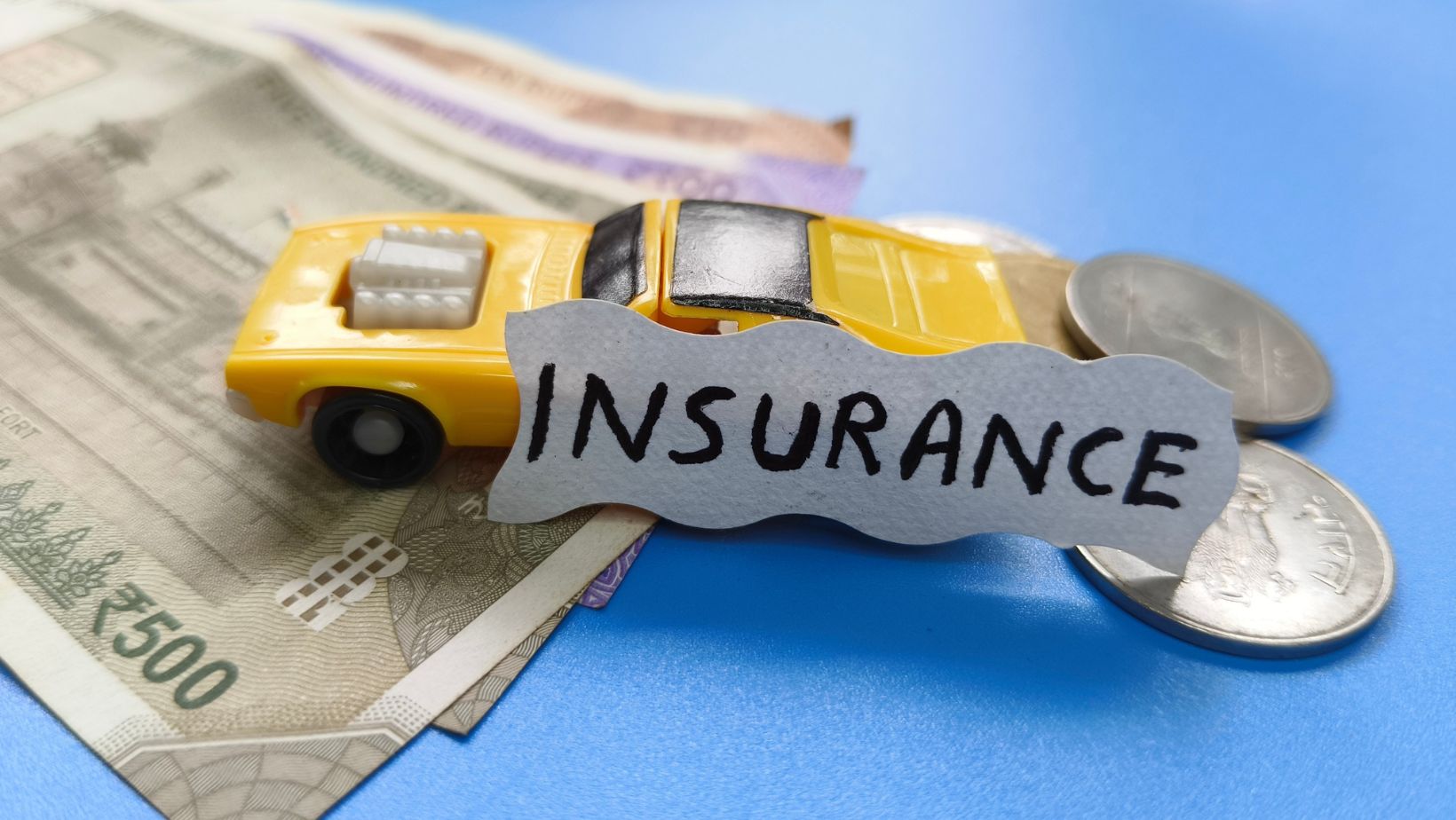 Table of Contents
Table of Contents
- Introduction
- Understanding Motorcycle Insurance Basics
- What Is Liability Insurance?
- What Is Full Coverage Insurance?
- Key Differences Between Full Coverage and Liability
- When Is Liability Insurance Enough?
- When to Consider Full Coverage
- How Much Does Each Policy Cost?
- Pros and Cons of Liability Insurance
- Pros of Liability Insurance
- Cons of Liability Insurance
- Pros and Cons of Full Coverage
- Pros of Full Coverage Insurance
- Cons of Full Coverage Insurance
- Making the Right Choice for Your Needs
- How to Lower Insurance Costs
- Final Thoughts
Riding a motorcycle offers freedom, speed, and convenience. But with the thrill of the open road comes responsibility. One of the most important responsibilities for any rider is having the right insurance policy. Choosing between full coverage and liability insurance can be confusing, especially for new riders. Understanding the differences, costs, and protections of each policy can help make this decision easier.
Understanding Motorcycle Insurance Basics
Before comparing full coverage and liability, it’s important to know what motorcycle insurance is and why it matters. Motorcycle insurance is a contract between the rider and the insurance company. In exchange for regular payments, the company agrees to cover certain financial losses after an accident or other covered event.
Most states require motorcycle riders to carry at least liability insurance. This means having some kind of coverage is not a choice but a legal requirement in many places. However, liability coverage is just one type. Full coverage goes beyond that and includes more protections, often at a higher cost.
Knowing how each type of coverage works can help riders choose what fits their needs and budget.
What Is Liability Insurance?
Liability insurance is the most basic form of motorcycle coverage. It pays for damage or injuries caused to others in an accident where the rider is at fault. This includes:
- Bodily injury liability: Covers medical bills, lost wages, and other costs if someone else is hurt.
- Property damage liability: Pays for repairs or replacement if another person’s vehicle or property is damaged.
Liability coverage does not pay for the rider’s injuries or damage to the motorcycle. It only protects other people involved in the accident.
For example, if a rider crashes into a car, liability insurance would cover the car’s repair costs and any injuries the car’s driver or passengers suffer. However, the rider’s own bike repairs and medical bills would not be covered.
This type of policy is often the least expensive option and is required by law in most states. However, it offers the least protection for the rider.
What Is Full Coverage Insurance?
Full coverage insurance includes liability coverage but adds more protection for the rider and their motorcycle. A full coverage policy usually includes the following:
- Collision coverage: Pays for damage to the motorcycle after a crash, no matter who is at fault.
- Comprehensive coverage: Covers events not related to crashes, like theft, fire, vandalism, or weather damage.
- Uninsured/underinsured motorist coverage: This helps if the other driver in a crash has no insurance or is not covered enough to cover the damages.
- Medical payments or personal injury protection (PIP): Pays for medical bills for the rider and sometimes their passenger, depending on the state.
This type of policy costs more than liability-only insurance because it covers more situations and offers greater protection. It is especially helpful for riders with new or valuable motorcycles or those who want to avoid paying large out-of-pocket expenses after an accident.
Key Differences Between Full Coverage and Liability
The biggest difference between the two is what they cover. Liability protects others from the rider’s mistakes. Full coverage protects the rider, their motorcycle, and others.
Here’s a breakdown:
| Feature | Liability Insurance | Full Coverage Insurance |
| Covers other people’s injuries | ✔ | ✔ |
| Covers other people’s property | ✔ | ✔ |
| Covers rider’s injuries | ✘ | ✔ (if medical or PIP is included) |
| Covers motorcycle damage | ✘ | ✔ (collision and comprehensive) |
| Protects against theft/fire | ✘ | ✔ |
| Helps with uninsured drivers | ✘ | ✔ (if added) |
| Required by law in most states | ✔ | ✔ (with liability included) |
| Typically lower cost | ✔ | ✘ (usually higher premium) |
This table clearly shows that full coverage offers more protection, while liability focuses only on damage caused to others.
When Is Liability Insurance Enough?
There are times when liability insurance might be enough. Riders with older bikes that are not worth much may not see the benefit of paying extra for full coverage. The cost to repair or replace the motorcycle might be close to the cost of full coverage premiums.
Liability is also a good option for those who ride rarely or only during certain seasons. If the bike spends most of its time in a garage, the risk of damage or theft is lower.

However, riders must be prepared to pay out of pocket for their own losses if they choose liability-only coverage. If a crash causes serious injuries or damages the motorcycle beyond repair, the costs can be high.
When to Consider Full Coverage
Full coverage is often a better choice for riders with newer or more expensive motorcycles. Repairing or replacing a new bike after an accident can cost thousands of dollars. Full coverage helps avoid large bills in these situations.
It’s also a good option for riders who use their motorcycle daily. The more time spent on the road, the greater the risk of an accident. Full coverage provides peace of mind by covering a wide range of potential events.
Financed motorcycles often require full coverage as part of the loan agreement. Lenders want to protect their investment in case the bike is damaged or totaled.
Even riders in areas with high theft or bad weather should consider full coverage. Comprehensive insurance can cover damage from storms or replace the bike if it’s stolen.
How Much Does Each Policy Cost?
Liability insurance usually costs less than full coverage. This is because it covers fewer risks and only pays for damage done to others. Full coverage includes liability plus protection for the rider and the bike, so the premium is higher.
Several things affect the cost of motorcycle insurance:
- Rider’s age and driving record: Younger riders and those with traffic violations often pay more.
- Location: Areas with higher accident or theft rates can lead to higher premiums.
- Type of motorcycle: Sportbikes often cost more to insure than cruisers or touring bikes.
- How often the bike is used: Regular riders might pay more due to increased exposure to risk.
- Chosen deductible: A higher deductible usually means lower monthly payments but more out-of-pocket costs in case of a claim.
It’s a good idea to compare quotes from different insurance companies and check what each policy includes before making a choice. Riders should also make sure they purchase vehicle insurance from reputable providers. Trusted insurers are more likely to offer clear terms, fair claims processes, and reliable customer service, which can make a big difference during a stressful situation.
Pros and Cons of Liability Insurance
While liability insurance is often the go-to option for those seeking affordable motorcycle coverage, it comes with both benefits and drawbacks. Weighing these can help determine if it offers enough protection based on the rider’s needs and risk level.
Pros of Liability Insurance
Below are the pros of liability insurance:
1. Lower Premiums
Liability insurance is usually the most affordable option. Because it only covers the damage or injuries caused to others, it carries less financial risk for the insurance company. This often means much lower monthly or annual premiums, making it a budget-friendly choice for many riders.
2. Meets Legal Requirements
In most states, liability insurance is the minimum level of coverage required by law. It allows riders to stay legally compliant without the added cost of more extensive coverage. This is particularly useful for people who want just enough insurance to ride legally and avoid penalties.
3. Sufficient for Older or Low-Value Bikes
Riders who own older motorcycles that have depreciated in value may not see the benefit of paying extra for full coverage. The cost of repairs or replacement may exceed the bike’s current worth, making liability insurance a more practical option. In such cases, the savings on premiums can be better used elsewhere.
4. Simple and Easy to Understand
Liability insurance is straightforward. It covers damages or injuries caused to others when the policyholder is at fault. For new riders or those who prefer a simple policy structure, this type of insurance is easier to manage and less confusing.
Cons of Liability Insurance
Despite its lower cost, liability insurance has important limitations that could leave a rider financially exposed in many situations.
1. No Protection for the Rider’s Own Motorcycle
Perhaps the biggest downside is that liability insurance won’t help if the rider’s motorcycle is damaged in an accident, even if they are not at fault. Any repairs or replacements must be paid out of pocket. For some riders, this could mean significant financial strain.
2. No Medical Coverage for the Rider
If the rider is injured in an accident, liability insurance will not cover their medical expenses. Unless the rider has health insurance or adds a separate medical payments policy, they will be responsible for these costs.
3. No Coverage for Non-Collision Events
Liability policies do not cover theft, fire, vandalism, or weather-related damage. If the motorcycle is stolen or damaged in a storm, the policy offers no financial help. This lack of protection can be risky in areas with high crime rates or unpredictable weather.
4. Limited Financial Security
In the event of a serious accident, the financial costs can be overwhelming. If the liability limits are too low and the damages exceed what the policy covers, the rider could be held personally responsible for the remaining costs. This could mean lawsuits, wage garnishment, or damage to personal credit.
Pros and Cons of Full Coverage
Full coverage insurance offers a more complete safety net for motorcycle riders. It includes liability protection and adds extra layers of security that address a wide variety of situations. Like liability insurance, however, it has its advantages and disadvantages.
Pros of Full Coverage Insurance
Here are the pros of full coverage insurance:
1. Wider Range of Protection
Full coverage combines several types of protection into one policy—liability, collision, and comprehensive. This means it not only covers harm done to others but also takes care of damage to the rider’s own motorcycle. Whether the bike is wrecked in a crash, damaged by hail, or stolen from a parking lot, full coverage can help cover the loss.
2. Covers Medical Expenses in Some Cases
When personal injury protection (PIP) or medical payments are included, full coverage can also help pay for the rider’s injuries. This can be a major benefit after an accident, especially for riders who do not have good health insurance or who carry passengers frequently.
3. Protection Against Uninsured Drivers
If another driver causes an accident but doesn’t have insurance, uninsured/underinsured motorist coverage—often part of full coverage—can step in. It covers the gap, saving the rider from paying for someone else’s mistake.
4. Peace of Mind
Knowing that a wide range of incidents is covered provides reassurance. Riders don’t have to worry as much about unpredictable events like theft, fire, or vandalism. For those who depend on their motorcycle daily or have invested a lot into it, this peace of mind is often worth the extra cost.
5. Required by Lenders
If the motorcycle is financed, most lenders will require full coverage. This helps ensure that their investment is protected until the loan is paid off. Riders with loans don’t have the option to go with liability-only policies.
Cons of Full Coverage Insurance
Though it offers greater protection, full coverage is not without its downsides. For some riders, the added benefits may not be worth the higher premiums or specific policy requirements.
1. Higher Cost
Full coverage premiums are significantly more expensive than liability-only policies. The added protection comes with added cost. For riders on a tight budget, this increase might be difficult to manage, especially if the motorcycle’s value is not high enough to justify the expense.
2. Deductibles and Limits Still Apply
Even with full coverage, the rider is responsible for meeting deductibles before the insurance pays out. If the deductible is high, a substantial out-of-pocket payment may still be required in the event of a claim. Some riders might feel that the costs are not worth it when claims are infrequent.
3. Possibly Unnecessary for Older Bikes
Just like with liability insurance, the value of the motorcycle should play a big role in the decision. A full coverage policy on an older or less valuable bike may result in paying more in premiums over time than the bike is actually worth. In such cases, full coverage may not be a smart financial move.
4. May Lead to Higher Repair Standards
When insurance companies cover repairs, they may require that the work be done at specific shops or with certain parts. This could limit the rider’s options, especially for those who prefer to do their own repairs or use used parts to save money.
Making the Right Choice for Your Needs
Choosing between full coverage and liability should depend on personal needs, riding habits, and budget. Riders should ask themselves:
- How valuable is the motorcycle?
- How often is it used?
- Could the rider afford to replace the bike after a crash?
- Is peace of mind worth the higher cost?
Some riders may start with full coverage and switch to liability as their bike ages or their riding habits change. Others might stick with liability from the beginning because it fits their lifestyle better.
How to Lower Insurance Costs

Even full coverage can be more affordable with a few smart moves. Some ways to lower motorcycle insurance costs include:
- Bundling: Combine motorcycle insurance with auto or home policies from the same company.
- Safe rider discounts: Completing a motorcycle safety course can lead to lower rates.
- Good driving record: Avoiding accidents and tickets keeps premiums down.
- Storage discounts: Keeping the bike in a garage may reduce theft and damage risks.
- Low mileage discounts: If the motorcycle is used less often, insurance companies may offer a lower rate.
Shopping around and asking about discounts can make a big difference in premium prices.
Final Thoughts
Deciding between full coverage and liability is an important part of motorcycle ownership. Both options have their benefits, and the best choice depends on the rider’s needs and circumstances. Liability offers essential protection and keeps costs low. Full coverage provides greater peace of mind and financial security but comes at a higher price. Riders should carefully consider what they need and what they can afford to make a smart, informed decision.

 Table of Contents
Table of Contents

